The Vietnam Institute for Real Estate Market Research and Evaluation (VARS IRE) has just commented on the Draft Land Price List and organized an in-depth discussion program.
VARS IRE believes that experts and businesses all believe that the issuance of the new land price list from January 1, 2026 is an inevitable step forward in State management, contributing to market transparency and narrowing the gap between State land prices and market prices. However, most opinions say that the "shocking" increase in many areas is creating notable risks for businesses, people and even bank credit activities.
Accordingly, the new land price list will affect individuals and households. This is the group most affected because those who are carrying out land procedures such as changing land use purposes, granting land use right certificates, or receiving compensation and site clearance, because financial obligations are calculated directly according to the new price list. They are affected because the costs of changing land use purposes, granting red books and buying houses may increase sharply, affecting the middle and low income groups. At the same time, there is a risk of complaints and disputes arising in areas under compensation and site clearance, especially if the land price adjustment far exceeds the approved price.

Land prices from January 1, 2026 will increase "shockingly" and pose risks to people.
In addition, it also affects businesses because when land prices increase, compensation and land use costs increase sharply, increasing the total investment of the project. Projects in progress may encounter difficulties, forcing businesses to consider suspending them. Projects that have not been implemented are easier to proactively budget, but the risk of the market not accepting the new selling price and the risk of disputes are unknown.
High land prices will also impact banking and home lending. As the valuation of collateral assets must adjust its value framework, banks may tighten lending rates to control bad debt risks. Rising house prices and home ownership costs may reduce purchasing power, especially for first-time homebuyers; If land prices rise faster than real values, the risk of misalignment between valuation and the market will affect credit quality.
Importantly, the imbalance between supply and demand will affect the market. On the demand side, the selling price is expected to increase according to input costs, causing real purchasing power to decrease, especially among customers with real housing needs, causing caution and waiting for support policies. The general price level continues to increase, putting pressure on people's ability to access housing.
Developers can adjust the selling price to a higher level to maintain profits. If the cost savings from shortening the time and legal risks can be offset by the increase in financial obligations related to the land, the overall impact will not be too negative.
VARS IRE believes that the land price list is only meaningful when applied for a specific purpose, such as compensation and site clearance. If used for other purposes such as calculating land use fees, auctions or taxes, the price list will lose its practicality and needs to be flexibly adjusted to ensure the harmony of interests between the State, people and businesses.
Building a suitable adjustment roadmap to avoid "shocking" the market and sudden impacts on businesses and people.
Source: https://nld.com.vn/gia-dat-tang-soc-se-gay-nhieu-rui-ro-cho-doanh-nghiep-nguoi-dan-196251106175018872.htm


![[Photo] Prime Minister Pham Minh Chinh receives the delegation of the Semiconductor Manufacturing International (SEMI)](https://vphoto.vietnam.vn/thumb/1200x675/vietnam/resource/IMAGE/2025/11/06/1762434628831_dsc-0219-jpg.webp)
![[Photo] Closing of the 14th Conference of the 13th Party Central Committee](https://vphoto.vietnam.vn/thumb/1200x675/vietnam/resource/IMAGE/2025/11/06/1762404919012_a1-bnd-5975-5183-jpg.webp)











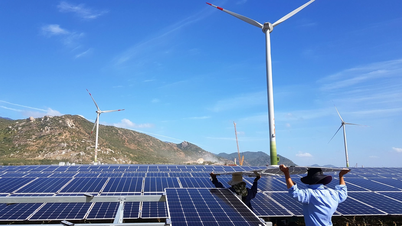






















































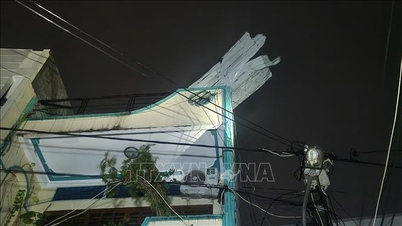
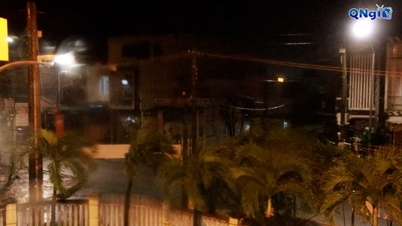



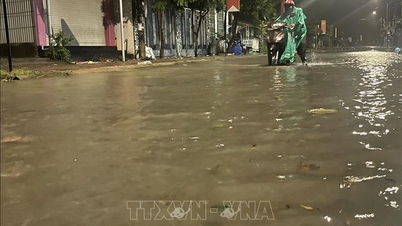

















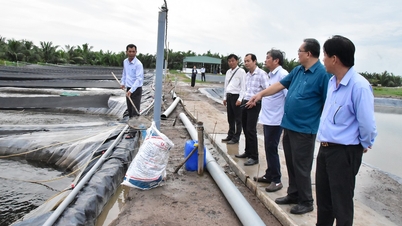




















Comment (0)